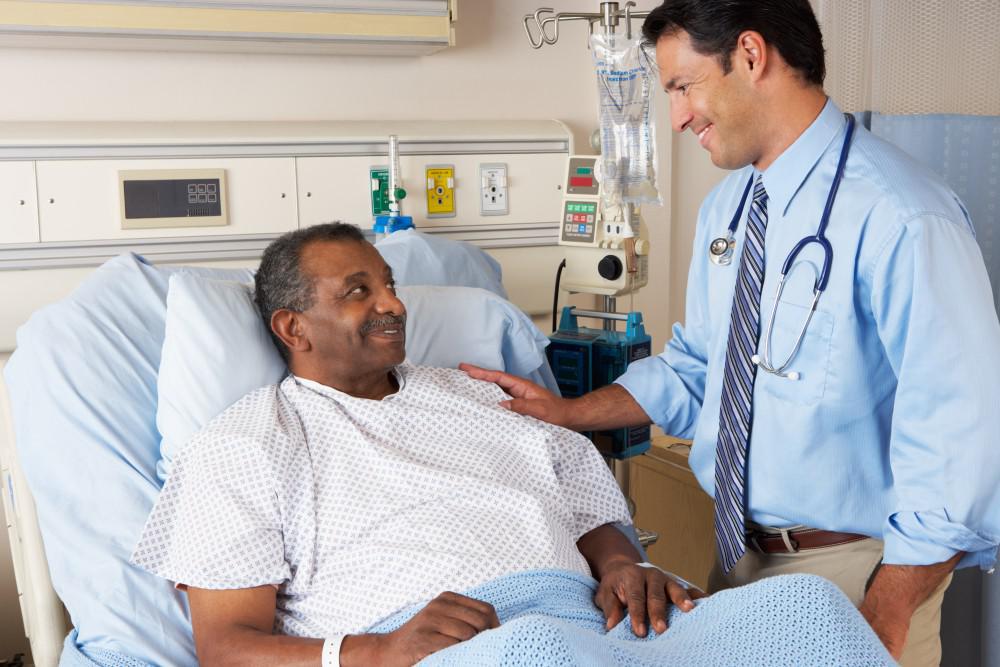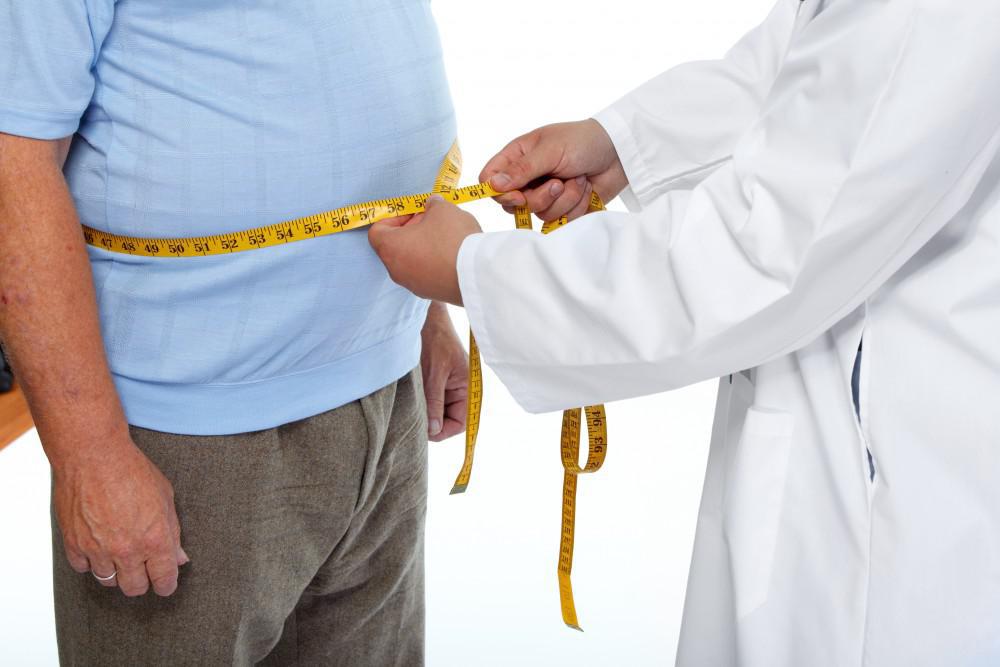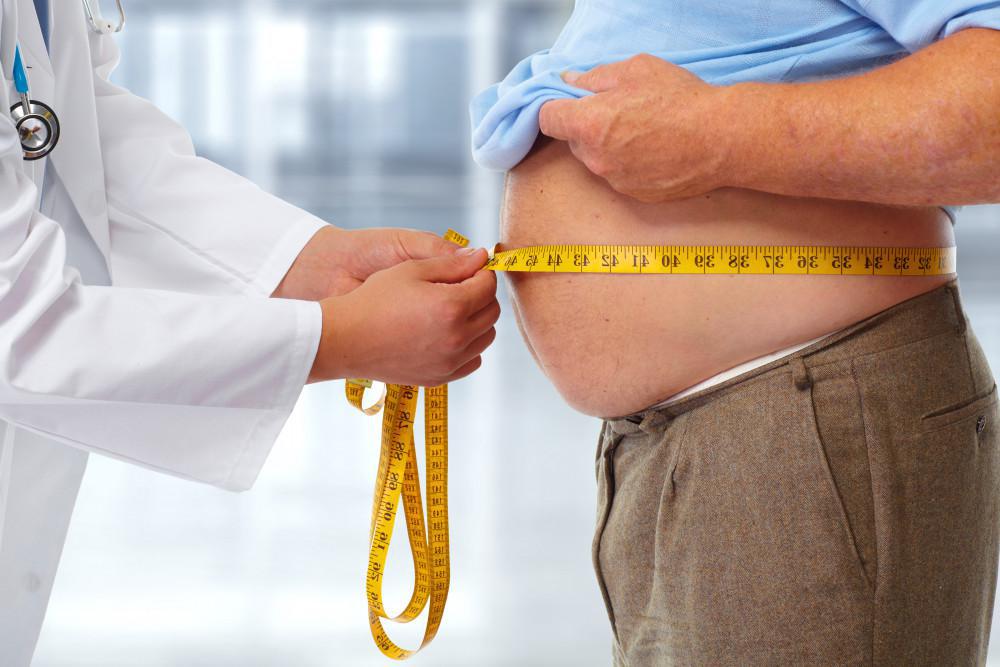
Your hernia surgery is usually performed using laparoscopic or robot-assisted surgical techniques. These minimally invasive strategies lead to faster healing and less noticeable scarring, but that doesn’t mean you can skip recovery time.
Your hernia may be located in your abdomen, bellybutton, upper thigh, or groin. Recovery from surgery to any of these areas is similar. You get full discharge instructions before you go home, but knowing about recovery in advance of surgery can help you prepare yourself about what to expect as you heal. You also want to heed precautions so you can return to normal activity as soon as possible.
Recovery is different for everyone. Always contact us at Trinity Bariatric Institute if you have excessive soreness or the signs of an infection. You may need a little more or less recovery time, depending on your body’s rate of healing and the type of surgery you experienced.
Right after surgery
Following laparoscopic or robotic hernia surgery, you can expect minimal pain at the incision sites as they’re rather small. Most of the discomfort you experience is due to the distention of the abdominal wall muscles caused by the gas used during the procedure.
You might experience cramping and discomfort for about 24-48 hours, but this quickly subsides so that you’re back to most of your normal activities within a week or two of surgery.
Return to work
Because the procedure requires the use of general anesthesia, expect to take a couple days off from work following surgery. It’s common to have lingering effects for 24-48 hours after you received the anesthesia. The effects of the anesthesia can impair concentration and your ability to drive.
Whether you can return fully to your job depends on your duties. If you have an active job or one that requires heavy lifting, you need to take more time off than if you have a job that’s sedentary. Discuss your particular situation with Dr. Dyslin, and he can make individualized recommendations for you.
Having sex again
You can resume normal sexual activity as soon as it causes no pain. This could take just a few days up to a few weeks, depending on your hernia location and the type of surgery you underwent. Some discomfort may occur when you first resume relations, but sex shouldn’t cause harm to your surgical repair.
Diet recommendations
Following hernia repair surgery, consume lots of high-fiber foods — such as fruits and vegetables — as well as plenty of fluid to avoid constipation, which can develop due to pain medications and inactivity. You may need a laxative or stool softener to get things moving.
Resuming normal activity
In about two weeks following laparoscopic hernia surgery, most people can return to regular lifting. Some activities may continue to cause you discomfort, however. As time goes by, you’ll notice this discomfort occurs with less and less frequency.
If you have any concerns during recovery from hernia surgery, or you don’t feel like you’re recovering as quickly as you should, call our office or contact us online. We’re available to answer any questions you have before or after hernia surgery.


